Southwest
Climate change is threatening water resources, increasing challenges to food and fiber production, and compromising human health in the Southwest through drought, wildfire, intense precipitation, sea level rise, and marine heatwaves. Effective adaptation will require flexible decision-making and the incorporation of technological innovation with Indigenous and local knowledge.
- Drought and increasing aridity threaten water resources
- Adaptation efforts increase to address accelerating impacts to the region’s coast and ocean
- Increasing challenges confront food and fiber production in the Southwest
- Climate change compromises human health and reshapes demographics
- Changes in wildfire patterns pose challenges for Southwest residents and ecosystems
Key messages adapted from the Southwest chapter of the Fifth National Climate Assessment.

Looking for previous content for the Southwest region?
Related Case Studies & Action Plans

Photo attributed to Ken Lund. Incorporated here under the Creative Commons Attribution-Share Alike 2.0 Generic license. No endorsement by licensor implied.

Photo attributed to Vanja. Incorporated here under the Creative Commons Attribution-Share Alike 2.0 Generic license. No endorsement by licensor implied.

Angela Burgess, USFWS

Jacob Dahlin/USFS
Related Tools





